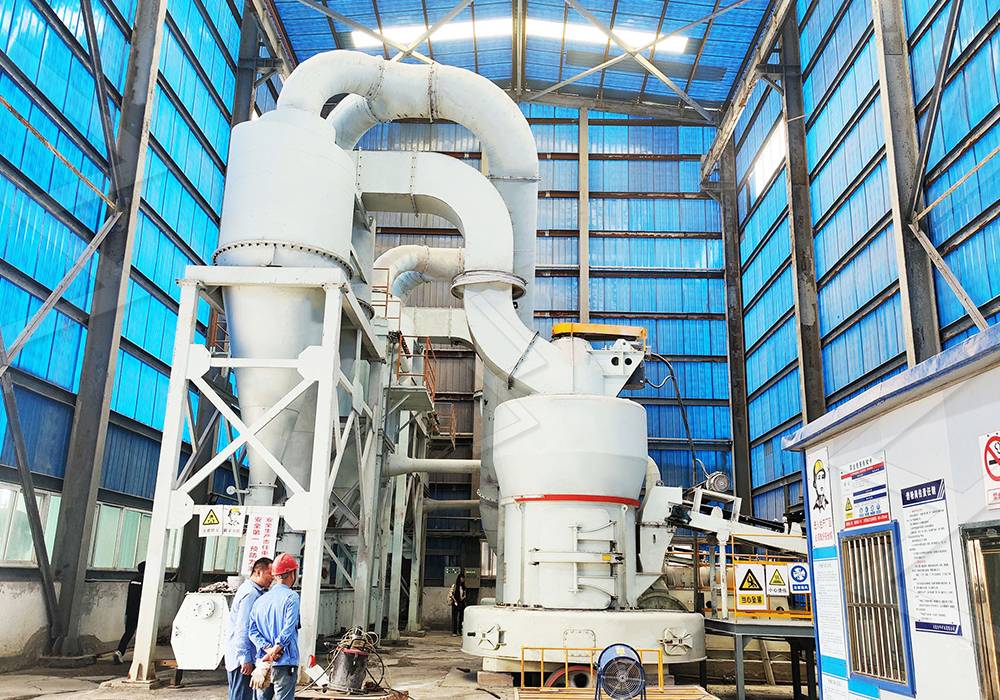Calcium Carbonate Grinding Standards: Particle Size and Quality Control
Calcium Carbonate Grinding Standards: Particle Size and Quality Control
In the world of industrial minerals, calcium carbonate stands as one of the most versatile and widely used materials. From pharmaceuticals to plastics, paint to paper, the quality of calcium carbonate powder directly impacts final product performance. Achieving consistent particle size distribution and maintaining purity throughout the grinding process present significant challenges that require sophisticated equipment and rigorous quality control protocols.
The Critical Role of Particle Size Distribution
Particle size distribution (PSD) represents the cornerstone of calcium carbonate quality control. The fineness and uniformity of ground calcium carbonate determine crucial properties including brightness, opacity, viscosity, and reinforcement capabilities. Industrial applications demand precise PSD control – whether requiring coarse fillers for rubber compounds or ultrafine powders for premium coatings.
Traditional grinding methods often struggle to achieve the narrow particle size distributions demanded by today’s markets. Ball mills, while reliable for coarse grinding, typically produce broad PSD curves with significant oversize particles. This limitation has driven the industry toward more advanced grinding technologies capable of delivering tighter control over final product specifications.

Advanced Grinding Solutions for Superior Quality
Modern calcium carbonate production demands equipment that can simultaneously address multiple quality parameters: consistent PSD, low iron contamination, minimal moisture content, and preserved crystal structure. Among the available technologies, our MW Ultrafine Grinding Mill has emerged as a particularly effective solution for premium calcium carbonate production.
The MW series represents a significant advancement in grinding technology, specifically engineered for customers requiring ultra-fine powder with tight particle distribution. With an adjustable fineness range between 325-2500 meshes and the capability to achieve d97≤5μm in a single pass, this equipment ensures exceptional product consistency. The innovative design eliminates rolling bearings and screws within the grinding chamber, virtually eliminating contamination from mechanical wear – a critical consideration for high-purity applications.
Integrated Quality Control Systems
Beyond the grinding mill itself, comprehensive quality control requires integrated systems that monitor and adjust operations in real-time. Modern grinding plants incorporate automated sampling systems, laser particle analyzers, and process control software that continuously optimize mill parameters based on feed material characteristics and product specifications.
The environmental performance of grinding operations has become increasingly important. Our MW Ultrafine Grinding Mill addresses this concern with efficient pulse dust collection and noise reduction systems that ensure compliance with stringent environmental standards while maintaining product purity.

Selecting the Right Equipment for Your Application
Different calcium carbonate applications require specific grinding approaches. For operations demanding high-capacity processing of standard-grade materials, our LUM Ultrafine Vertical Grinding Mill offers exceptional efficiency with capacity ranging from 5-18 tph. This system integrates German powder separating technology with Taiwanese roller technology, delivering precise classification and consistent product quality.
The LUM series particularly excels in applications requiring high whiteness and cleanliness, thanks to its unique roller shell and lining plate grinding curve that minimizes iron contamination. The reversible structure simplifies maintenance, reducing downtime and ensuring consistent product quality throughout the equipment’s lifecycle.
Future Trends in Calcium Carbonate Processing
The calcium carbonate industry continues to evolve toward ever-tighter specifications and more specialized products. Emerging applications in bioplastics, advanced composites, and pharmaceutical formulations demand particle sizes below 1μm with narrow distribution curves. Meeting these challenges requires ongoing innovation in grinding technology, classification efficiency, and process control.

Digitalization represents another significant trend, with smart sensors and IoT connectivity enabling predictive maintenance and real-time quality optimization. Our grinding systems incorporate these advancements through digitalized processing with numerical control of critical operations, ensuring high precision machining of core components and consistent performance.
Frequently Asked Questions
What particle size range can be achieved with modern calcium carbonate grinding mills?
Advanced mills like our MW series can produce calcium carbonate powders ranging from 325 to 2500 meshes, with the capability to achieve d97≤5μm in a single pass. The exact achievable size depends on the specific equipment configuration and raw material characteristics.
How important is iron contamination control in calcium carbonate grinding?
Iron contamination is critical for many applications, particularly in plastics, paper, and pharmaceuticals where product whiteness and purity are essential. Modern grinding mills address this through specialized designs that minimize metal-to-metal contact and incorporate effective separation systems.
What capacity ranges are available for industrial calcium carbonate grinding?
Grinding systems are available across a wide capacity spectrum. Our MW Ultrafine Grinding Mill handles 0.5-25 tph, while the LUM Vertical Grinding Mill processes 5-18 tph. Selection depends on production requirements, target fineness, and available infrastructure.
How do modern grinding mills address environmental concerns?
Contemporary systems incorporate multiple environmental protection features including efficient pulse dust collectors, mufflers, noise reduction technology, and closed-system designs that prevent material escape. These features ensure compliance with international environmental standards while maintaining product quality.
